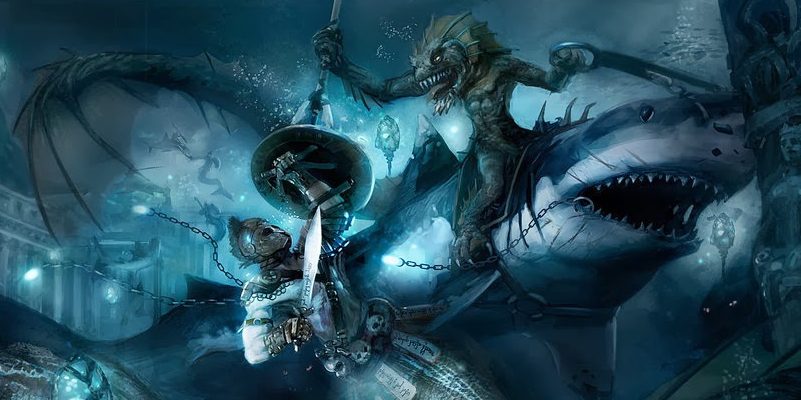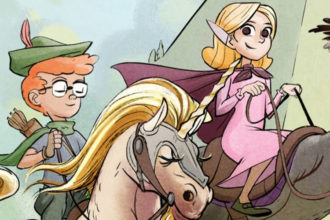Top ways to terrify your players, Part 2
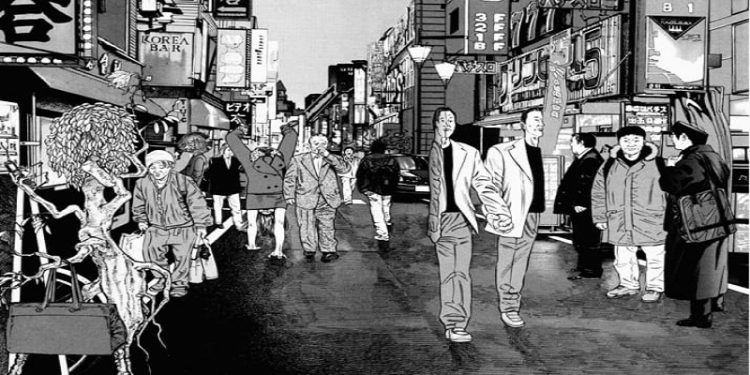
(Author’s note: I thought I’d take a break from my “Plants” series to give a series on the tropes in horror, as it’s appropriate for Halloween. Enjoy)
What do the Resident Evil games, ‘Saw’ franchise, the Lovecraft’s Cthulhu Mythos, Uzumaki, and Chill all have in common? They are all different genres of horror: video game, movie, stories, manga, and tabletop RPG. Each of these different media have a different way of making its viewers, readers, participants experience horror in a different way. By examining the ideas contained them, we can determine what makes an effective horror tabletop RPG game to terrify your players.
In the last article we explored the concepts of horror and suspense. But these aren’t the only concepts applicable here. According to Wikipedia “Terror is… the feeling of dread and anticipation that precedes the horrifying experience.” Hand in hand with this concept is apprehension, which is anxiety or fear that something bad or unpleasant will happen.
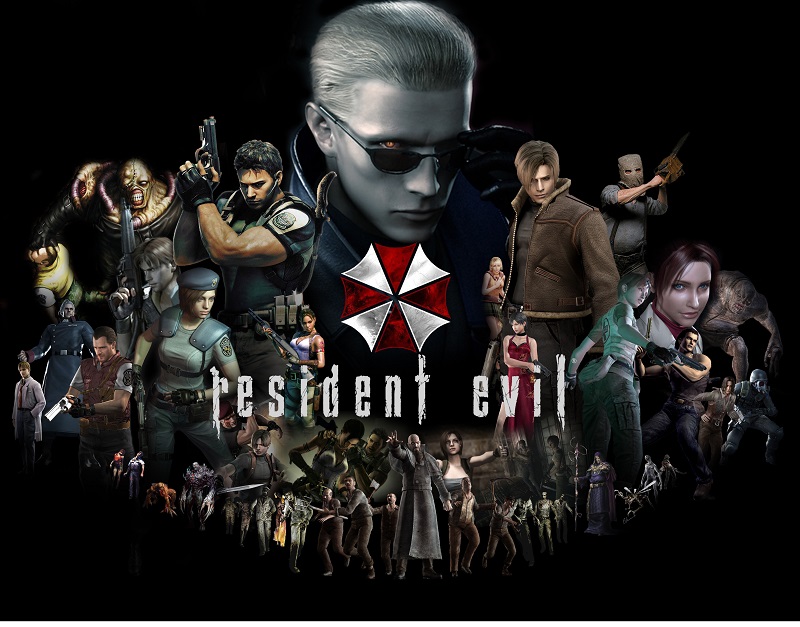
It bears repeating again that, it should be noted that with any of these tips, the players need to be in on the idea of what’s going on, i.e. that they’re playing a horror campaign, and willing to put aside their suspension of disbelief. Without this as the basis, none of these tips will be as effective.
How can DMs capitalize on these emotions in their players? By asking themselves pertinent questions regarding different aspects of the game before it starts, examining the different types and deciding what type of horror the game will contain, figuring out the types of characters will be available, and examining the environment, DMs can truly exploit these emotions in their players to the utmost effect.
Getting started.
There are a variety of questions DMs needs to ask themselves before they get started: In video games, very often characters have a stamina and fatigue stat or bar. In your game, you might want to ask yourself if you want to use such rules, and if so, how are you going to implement them. How quickly a character gets tired from running? How quickly do they recover? How do they recover? If using such rules, make sure that they’re consistent across the board for enemies as well as players.
- Alignment and Morality: In some video games participating in some event or, by inaction, allowing it to happen can cause a bad game ending. In a roleplaying game, this concept would be covered by alignment. But alignment doesn’t necessarily need to be cut and dry. A homebrew system based off of Magic: the Gathering can be found here. In your game do you want to put any types of actions “off limits” – for either the player(s) or the NPCs? If not, is there a threat that the players becoming the evil they’re trying to stop?
- Carrying Capacity/ Encumbrance: Do you want to carefully keep track of how much a character can carry and how it affects their movement or not? If so how will you implement such a thing in the game? In video games this is represented by an “item limit” which really isn’t a think is a particularly good game mechanic in a tabletop RPG, but due to the limitations of software, that’s how the game developers implemented it. On the other hand, weight alone doesn’t seem to be a good way of handling carrying capacity. Case in point: if you have a bulky, but lightweight item that really can’t fit properly in the bag the PC is carrying, the shifting weight should cause some sort of problem(s).
- Health Recovery: How is health recovered? How effective is health recovery? How long does it take to recover health? These questions will affect the “survivability” of the characters in the game. Recovery might take care of some things, but other effects may be longer lasting or even permanent. This is the idea that FATE uses after all the wound boxes are filled up, and in doing so, the character is changed at a fundamental level.
- If the characters need to use items for recovery, giving them too few items or more items but those that they are given are less effective will cause the characters to have to avoid fights so they don’t get injured to begin with or need to quickly win the ones that they do engage in so they don’t get too badly injured or die.
- If time allows wounds to heal, make sure that the players get plenty of rest areas in-between fights or allow them to backtrack to safer areas.
- Enemies: what type of enemies are there? What are their strengths? Why do they represent a threat to the character(s)? What are their weaknesses? How can they be defeated? What are the tactics that they use? Do you want them to be fast, but weak, slow but strong, fast and strong, but have some sort of weakness that can be exploited? Do they swarm the characters in groups for unfair advantage, not allowing them a moment’s breathing room or is it every enemy for itself trying to defeat them?
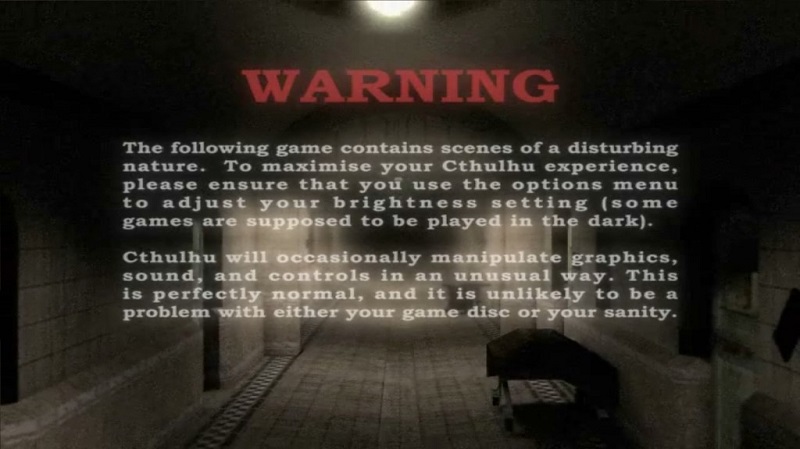 What type of horror is the game going to contain?
What type of horror is the game going to contain?
There are a variety of different types of horror that DMs can use to terrify their players. Among them are:
- Eastern Horror deals with feelings of isolation, paranoia. Because most of us westerners aren’t used to them, here’s a list of 20 Eastern Horror Films discussed in depth and here’s another list from IMDb (there will be some overlap, but the Internet Movie Database gives notoriously short descriptions) If you want to know some of the Asian horror ideas, read this page. If you want a list of Asian horror video games, check out this youtube top 10 list
- Western Horror deals with threat of being eaten or otherwise painfully murdered. If you want a list of excellent movies to binge watch, check out these
- East + West attempts to “split the difference” between these concepts.
- Body Horror involves body parts, parasitism, disfigurement, mutation, or unsettling bodily configuration, not induced by immediate violence. This TV tropes page (warning massive time sucker) discusses body horrors in video games
Please note that this list isn’t comprehensive, and combinations not listed above may be possible.
What type of characters are in the game?
The “average joe” really isn’t set up to deal with hordes of undead or other monsters, well-trained military forces, or many other extraordinary circumstances that are common tropes in the horror genre. The point of these games is survival. To represent this lack of power, the characters should be considerably less powerful than “standard” heroes. But that doesn’t mean that they should be ill-equipped, stupid, or unwise. They should have skills appropriate to allow them to survive. Keep in mind survival may simply mean to run to the next safe area until they can get a weapon that will be able to defeat the enemy… or the ability to keep moving despite being grievously injured. Those that either don’t have some sort of skills that will allow them to survive or thrive in this new environment or with the ability to quickly learn those skills that they need will quickly find themselves dead. It also means that the characters will have to work smarter to accomplish their goals, because of the overwhelmingness of the situation. Depending on the type of circumstances or enemies faced the only skill they may have to deal with the situation may be to run, at least initially.
If there are multiple characters in a roleplaying game, each person in the group really must play a different role, have different skills to add to the group. Multiple people with the same skillset are not only unnecessary, but they can detract from the feeling of fear. In the ObsCure survival-horror games, different combinations of protagonists were required to conquer different tasks. In a good survival horror roleplaying game, such things should be a part of the fun.
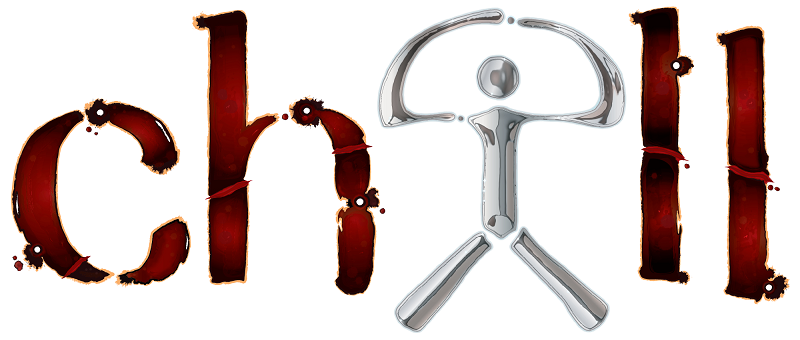
Environment (Part I)
One of the things that good survival horror games do well is make the environment itself a foe. This can be used to terrify the players in the following ways:
- Physical Hazards: One of the bad things about being a character in a horror game is that things are typically worn out/ dilapidated or in generally not good working order, but this does not necessarily need to be omnipresent. One misstep causes severe injury or death because the ground just gave out underneath the PCs because it can’t support their weight. Even with a team it might not be much better. One of your teammates you is dangling from a precarious location and you need to hoist them up all the while having to avoid attacks. In game terms what this means is that when the characters are in dangerous situation that they will need to check skills related to keeping balance, jumping, etc. and be slowed down by debris that laying around the scene.
- Limited Line-of-Sight: In many survival horror games, especially during battles, characters can’t see everything; either their vision is blocked by darkness, fog/mist or the environment itself is shaped in such a way to limit what the characters can see such as winding corridors/mazes or blind alleys. In game terms, what this mean is that multiple enemies may surround them and the character(s) would be unable to defend themselves from all the attacks, are slowed down due to the fact that they can’t travel at full speed or risk injuring themselves.
- Physical Limitations: while this author doesn’t think that a DM should ever tell their players that they *can’t* do something, they need to make it clear that if they attempt to do a dangerous activity, what the consequences will be if they fail. Having said that, there should be things that (at least in the player’s mind) should be so incredibly difficult that they shouldn’t want to try, given the limitations of their bodies or equipment. For instance, the character may want to try to jump to a movable platform that’s just a *bit* too far away for them to reach jumping normally. They may decide to use a pole or take a running jump to help them get there to give them a bit of a bonus to try to do so, but if they fail, they’ll take significant, potentially deadly damage. The physics of what’s possible should be clearly spelled out in such a game so there’s no misunderstandings.
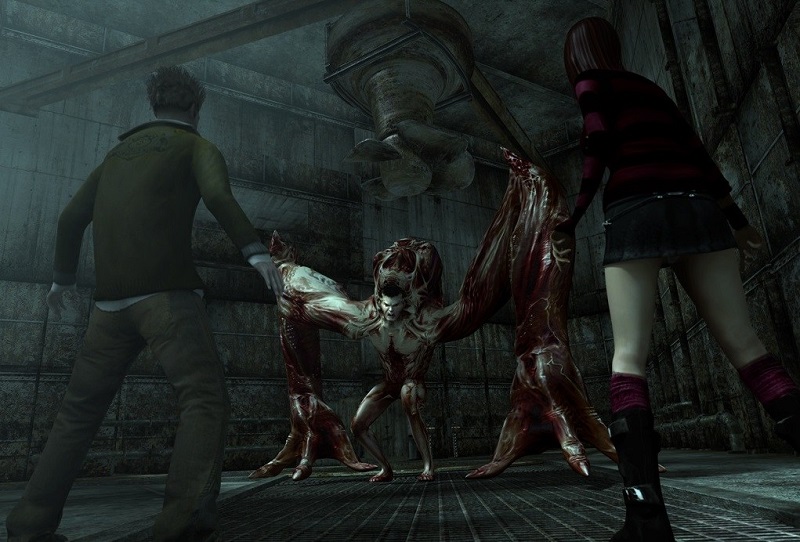
To terrify your players, the idea is to use things that may turn their ideas of what standard RPGs do, showing the players that they are powerless, and their actions can affect the world around them in startling and unsettling ways. Use these ideas to shake up your players and make the terror more real for them,
Look for more ideas on how to terrify your players next time!
As always, feel free to like, comment and reshare!

